|
I think you'll all agree that there's a time to eat for health and a time to eat for enjoyment (they are of course not mutually exclusive). The point is it's healthy to relax and not be too restrictive all of the time. I love festive feasting but like to keep my food fresh and flavourful, nothing too stodgy, not because I don't eat grains or potatoes, but because it's Summer and it's hot and salad goes better with bubbles (the ones from Champagne and San Pelegrino.) With this in mind I've put together a rather long list of canapés for your entertainment this season. Please enjoy with a cup of tea. A comprehensive Spring/ Summer canapé menu is packed with delicious morsels that you are bound to love. Many of us enjoy entertaining but overestimate our ability to keep up with the plethora of commitments at the end of the year (ambition is good, but it can be exhausting!) Why not make your life a little easier and allow us to help with your end of year party or event? Perhaps you just need a Christmas pudding, a slab of nutty nougat or a Gingerbread house... (yes this is your nutritionist speaking.) Whatever your culinary whim, I am here to help. There is sure to be something for everyone in this extensive menu. For those who can be overwhelmed by choice, I recommend you select 2 "must have" canapés or a theme and I can help with the rest. Link to Catering page. If you'd prefer to cook your own, there are some inspiring cooking classes for kids, teens and adults coming up soon. As always, I am very happy to assist with food for allergies or food intolerances.
1 Comment
Optimal nutrition in adolescence is vitally important to reach peak bone mass density and stave off osteoporosis and fragile or brittle bones which can easily fracture.
Calcium is essential to strong dense bones. 50% of 14 - 18 year old males and nearly 80% of 14 - 18 year old females do not get enough dietary calcium. Calcium is essential to life and plays a major role in many physiological processes including neuromuscular and cardiac function - think muscle contractions of the beating heart. So if there is not enough calcium circulating in the blood, calcium will be resorbed or literally stolen from the bones. A beating heart is more important than strong bones. Adolescence is the period in which, with optimal nutrition, our teens have the potential to reach peak bone mass density. In other words it is the time when essential minerals like calcium, magnesium, fluoride, potassium and sulfate combine and crystallise to form a complex web like matrix that creates strong, dense bones. “Bone mass increases by about sevenfold from birth to puberty and a further threefold during adolescence.” Teens need 1300mg calcium every day to reach peak bone mass. Dietary calcium requirements Age RDI* 1-3 yr 500 mg/day 4-8 yr 700 mg/day 9-11 yr 1,000 mg/day 12-18 yr 1,300 mg/day *RDI - recommended daily intake Requirements may be higher for individuals who exercise and subsequently sweat a lot as calcium is lost in sweat. Calcium sources include the well known dairy group which also provides protein and essential fat soluble vitamins. Dairy free whole food sources from high to low include fortified tofu, fish with bones such as sardines, canned salmon, anchovies, sesame seeds, tahini, chickpeas, chia seeds, dark green leafy vegetables, dried figs, seaweed,& tempeh, almonds, nut milks, slow cooked meat and fish bone broths (and casseroles made with bone in meats). Factors negatively influencing calcium absorption or increasing urinary calcium loss
+you can prep vegetables, seeds, nuts and grains to reduce anti nutrients that bind minerals such as calcium Vitamin D is required for calcium absorption and can be obtained from minimal exposure to sunlight. So run and jump and cycle and swim outside. Oestrogen is a hormone responsible for encouraging bone growth and a delay in the onset of menses due to inadequate nutrition can also inhibit the strengthening of bones and lead to early onset osteoporosis. This condition is more common in young female teens who are heavily involved in sports and/ or have an eating disorder such as anorexia nervosa. For more on teen and tween nutrition please take a look at the teen and tween yoga and cooking workshop Wednesday 23 September 9.15 - 3.15pm. "Froco" slang for the popular $1 frozen coke sold by 2 of the mega world dominating hamburger chains. Last week, I had the pleasure of presenting to a gorgeous group of year 11 Food technology students. I opened with some stunningly horrid stats (source ABS 2008 & 2012) 63% of Australian adults are overweight (38%) or obese (27%). 25% of Australian children are overweight or obese. A staggering 280 Aussies develop diabetes every day! (85% type 2 diabetes) In 2012 a tiny 6.8% of the Australian population ate 5 serves of vegetables a day. Is this possibly one of the reasons why - A whopping 35% of total energy consumed came from the 'discretionary foods’ group (its not even meant to be a group!) That’s the high fat, sugary, salty foods (41% in 14 - 18 year olds.) Pretty? My brief was to talk to the importance of adolescent nutrition and not becoming one of the above statistics. This, I did, noting the best foods to eat for various teenage predicaments including sexier hair, perfect skin and hotter bodies - these are the quandaries that Cosmo Girl tries to solve for our young teens so not wanting to disappoint my young audience I too tackled the important issues.  We also covered the importance of calcium to reach peak bone density; foods to enhance muscle strength and stamina to beat their rivals in the netball grand finals; the performance enhancing powers of complex carbohydrates such as fresh vegetables, including starchy tubers like sweet potato, fruit, whole grains and legumes; the blood sugar balancing magic of whole food proteins (actual meat, chicken, fish, eggs, legumes, fish, dairy, nuts & seeds etc) and the satiating and anti inflammatory effects of healthy fats, especially the omega 3 fatty acids from fish, seeds and nuts. Where we came unstuck was with the afore mentioned mega burger chain and their $1 frozen cokes - I just assumed that these bright young things would steer clear of the Golden Arches - I was wrong. They all knew about that “greasy - gotta brush your teeth right now” mouth feel you get after a burger and chips - this feel I suspect is from trans fats (the very worst kind of inflammatory fat.) But the main draw card was the $1 Frocos, which contain 10 teaspoons of sugar and that’s the regular. Not so great for sexy hair, perfect skin, hotter bodies, peak bone density or a full mouth of your own teeth. If you’re an avid fan (of mine) you may recall in a previous post Are you really eating too much sugar? that the WHO recommends a maximum of 6 teaspoons a day of added sugar. I therefore pose the question “Is it even ethical for food manufacturers to sell these products at such ridiculously low prices clearly targeting our budget vulnerable teens?” The girls empathetic to my incredulity, promised that they did not drink the whole thing (remind anyone of the politician who did not draw back?) Bless them! Obviously the occasional Froco will not harm this seemingly health conscious group but what about the 25% of Australian kids who are overweight and obese and the fact that 41% of our adolescent’s kilojoules come from the nutrient poor “occasional foods group?” We can not watch over them every minute of the day but we can lead by example and make it easy for them to choose wisely at home by crowding out our pantries and fridges with real whole food, full of health enhancing goodness. If you need help convincing your teens not to be a statistic (and gift them with a wonderful cooking and yoga experience), I am running a teenage yoga and cooking workshop with Lizzie Taylor from Yoga Healthy on Wednesday 23 September where we’ll tackle these issues and some strengthening and mental health enhancing yoga practices. Or perhaps you'd prefer to attend The nourished lunchbox yourself on Monday 7 September at 11am for wonderful recipes and inspiration on the lunchbox front. I have just been holidaying with my baby (teenage) daughter in Bali, backpacker style, because there are still spaces in my cooking classes (please take a look and book in if you see one you like.) I am just kidding of course, we actually really do like backpacking. It makes me feel younger and mush more adventurous.
We surfed and yoga practised and window shopped until we were sore. We did a 3 day yoga immersion in Ubud which was VERY relaxing. We surfed until Jade got seasick (possibly not a natural…) and of course we bonded over Balinese food and and learnt as much about their cuisine as we could. So, globalisation has many merits,including bringing the Yoga Barn to Ubud and for that I am grateful. Tourism has helped improve the lives of many Balinese and many of the locals we met in Ubud waxed lyrical to that. One not so fabulous side effect is the plethora of cuisines in Bali… What! I hear you exclaim, is the problem with that? And you do know, if you are reading this blog, that I love a bit of variety in my food. BUT, for me so much of a country’s culture & history is expressed through its food - it is a sharing of the essence of a country and its people, their celebrations and hardships, their religion, the traditions that shaped them and the very fertility of their land and its abundance (or lack thereof). We actually found it quite hard to find really authentic Balinese and or Indonesian warung/ restaurants in Bali, with many diluting their menus to the very basic Nasi and Mie Goreng to make way for chicken cordon bleu and hamburgers and chips, a sad state of affairs. Of course, we did manage to eat some delicious Balinese food and I hope that enough of us fortunate to travel to Bali do seek out authentic Balinese food so that the locals feel proud and brave enough to start their own warungs, restaurants and cafes. I want to share one of the gems from our travels, the Warung Dandelion in Canggu. This one is worth the flight form Sydney so definitely the road trip from Seminyak. Locally owned and run by the charismatic and creative Gani, Dandelion exudes welcoming warmth and charm. Dandelion’s roof and wall struts were imported from Java and planted on a grassy block overlooking a rice field. The walls themselves are “made” from floating bookshelves, covered in antiques and curios and an enormous ivy covered screen. The kitchen is the third wall and there is no fourth - the warung opens to the garden and the views beyond. It’s truly delightful. Gani's mission was to serve his guests authentic Balinese food from his childhood and to make sure he got it right, Gani uses his talented mother’s delicious recipes. You have to book as this little gem, open for just 10 months, is often booked out. There is a local band playing Balinese music in the garden, candle light flickers playfully and the scene is pure holiday perfection. The staff are friendly, professional and animated and the service is wonderful. Our faves on the menu were the Ikan pepes (fish in spices, steamed in banana leaf) and the Tum Ayam (chicken in spices, cooked in banana leaf) and the Dagar guling (coconut and palm sugar rice flour pancakes.) But I have to say all of the food looked divine…if only I had a bigger tummy or another night in Canggu. Gani is building a bar to accommodate those waiting to dine. I highly recommend you visit. Would you like to do a Balinese cooking class in Sydney? Email me Link to Dandelion, Canggu, Bali How much is too much sugar? Can spices help? |
Categories
All
Archives
April 2021
|
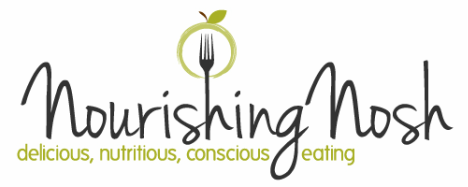
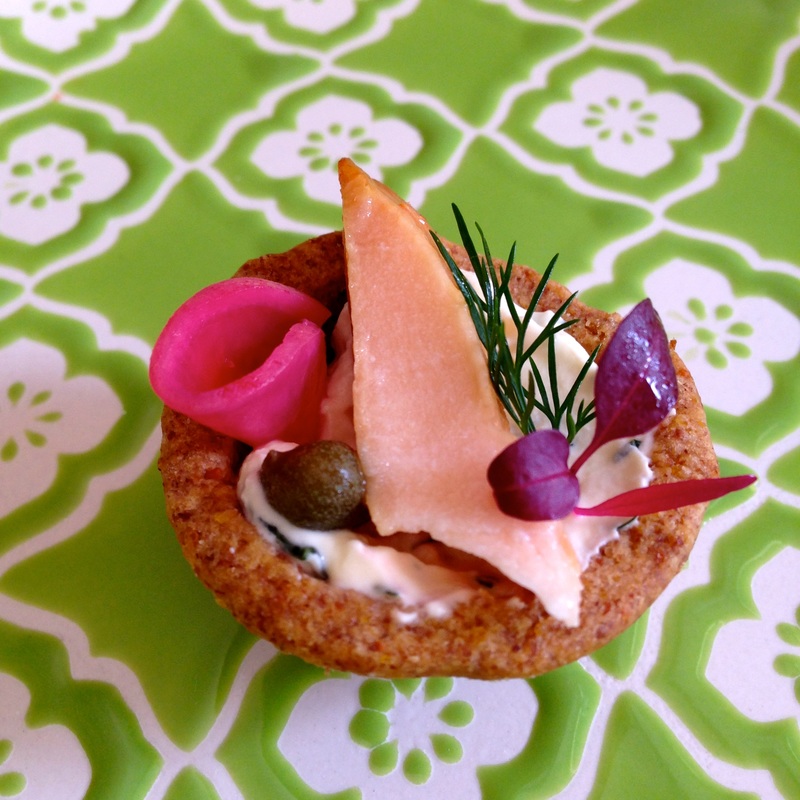











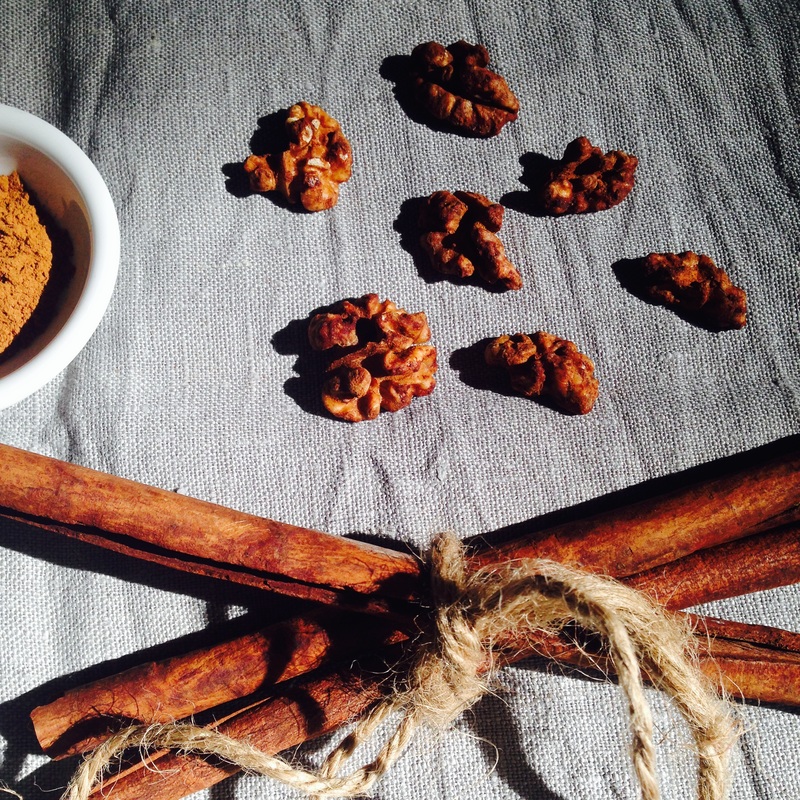
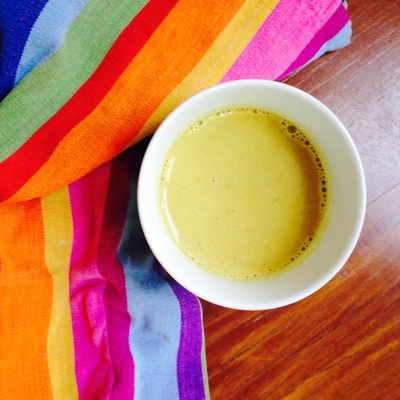
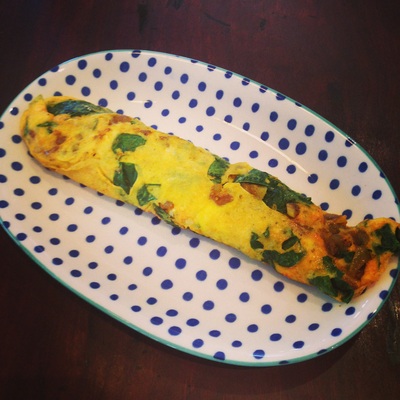
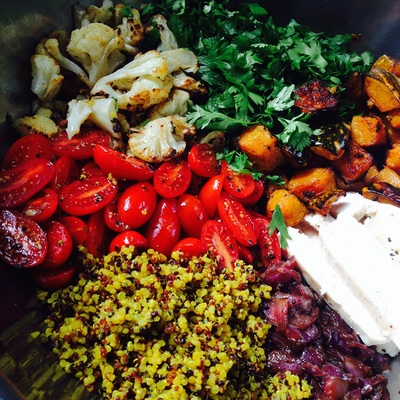



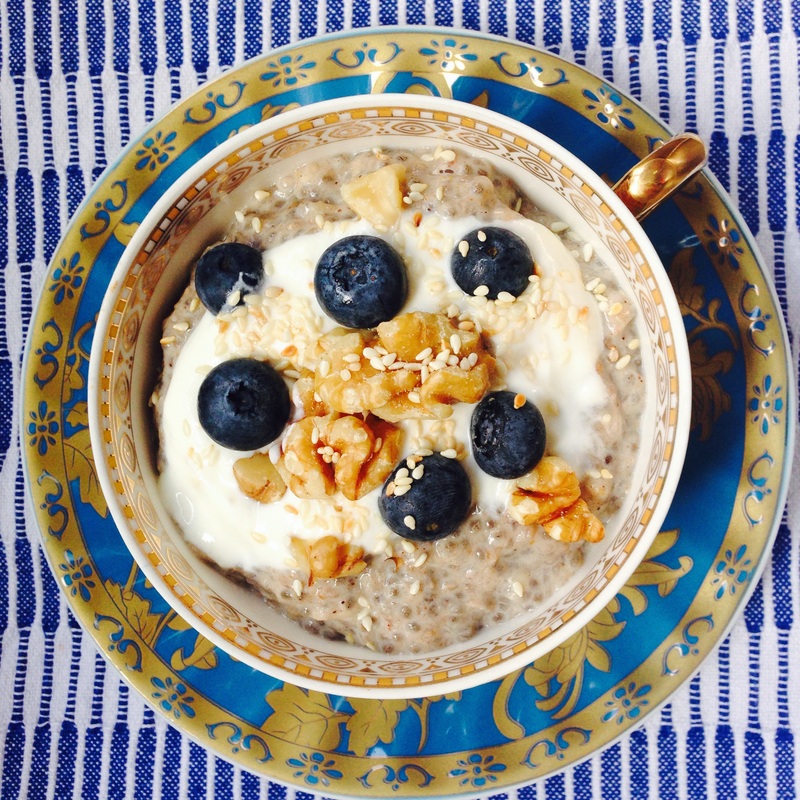
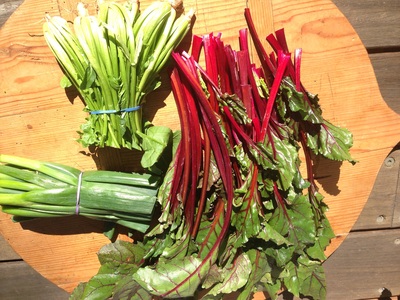
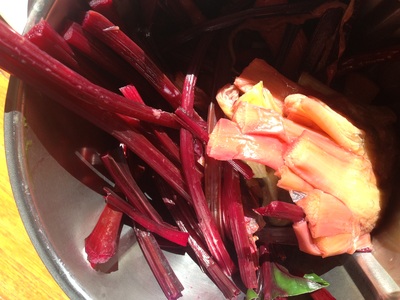
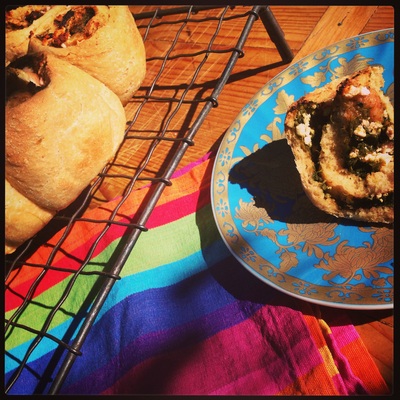
 RSS Feed
RSS Feed